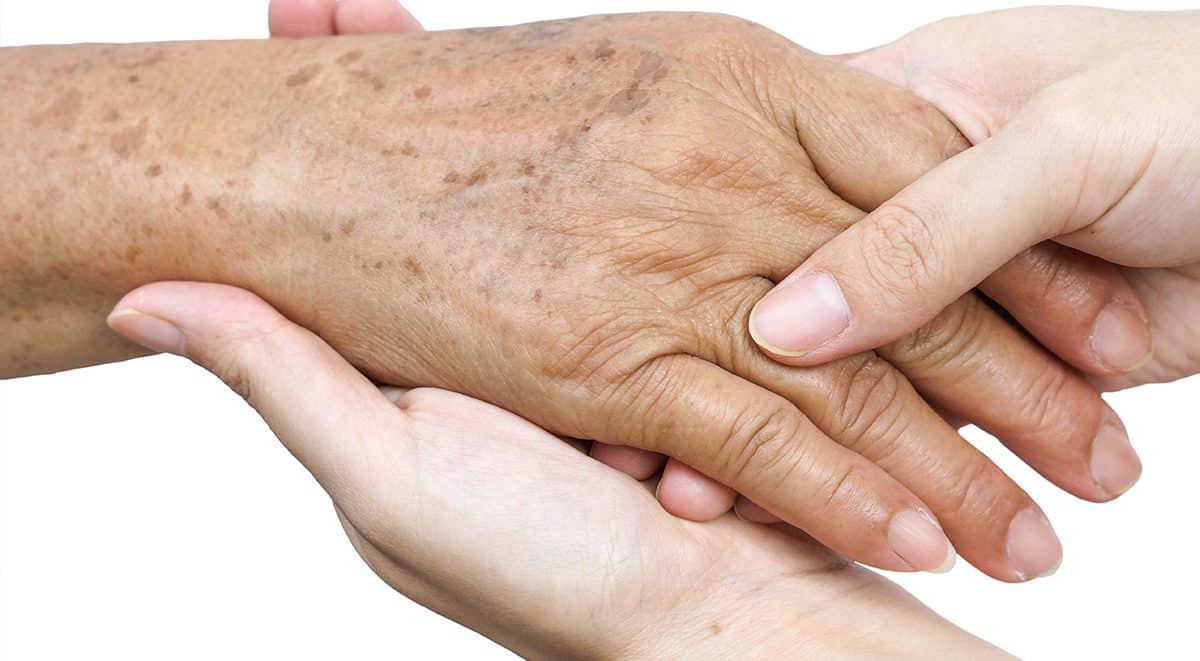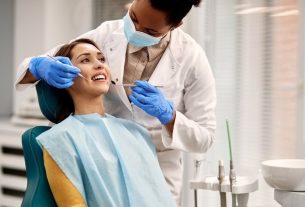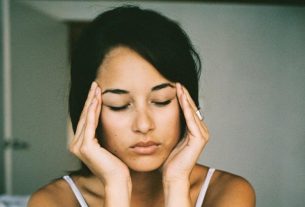Solar melanosis is a skin disease caused by prolonged exposure to the sun. The most affected people are the elderly.
Popularly known as age spots, solar melanosis is the result of the sun’s effect. You can tell from the little brown spots that appear on the skin. Typically, these small spots appear in the areas most exposed to the sun, such as the hands and face, but they can also appear on the rest of the body.
The fact is that regardless of where, these stains are uncomfortable and very aesthetically speaking. However, what almost everyone doesn’t know is that these stains can be treated and removed through aesthetic procedures. Another important piece of information is that solar melanosis is not something that appears overnight. It takes years and years of exposure to the sun for it to appear on the skin. That’s why it’s always important: use sunscreen!
What is solar melanosis?
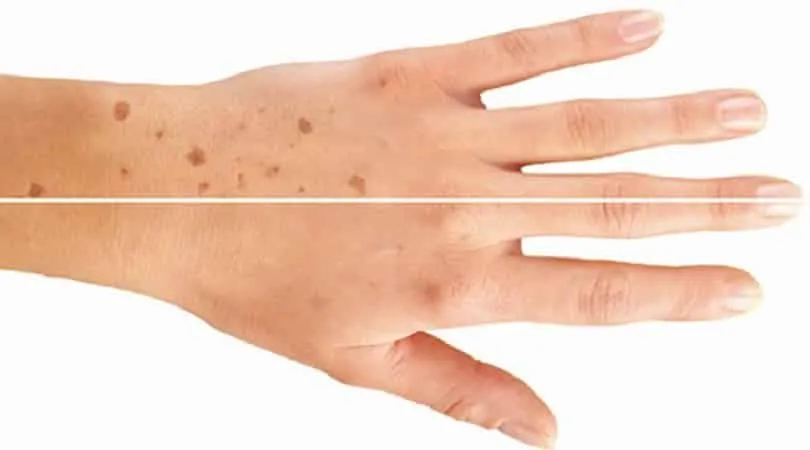
In principle, these sunspots have 3 possible names: senile spots, solar melanosis or solar letigo. This phenomenon is a benign lesion that appears through exposure to sunlight. So don’t underestimate the power of visible light on the skin. The sun is responsible for numerous skin diseases that can reach varying levels of severity.
The brownish spots are the result of the overproduction of melanin stimulated by UV rays. It is very common to appear in older people, as the elderly have a longer exposure time. The most common places for it to appear are the face, neck, back of the hands and arms.
It is worth remembering that spots that vary in color from brown to brown are more common in people with fair skin. And that’s why you should be extra careful when going out in the sun. All types of protections are welcome at this time.
Symptoms and aspects of solar melanosis
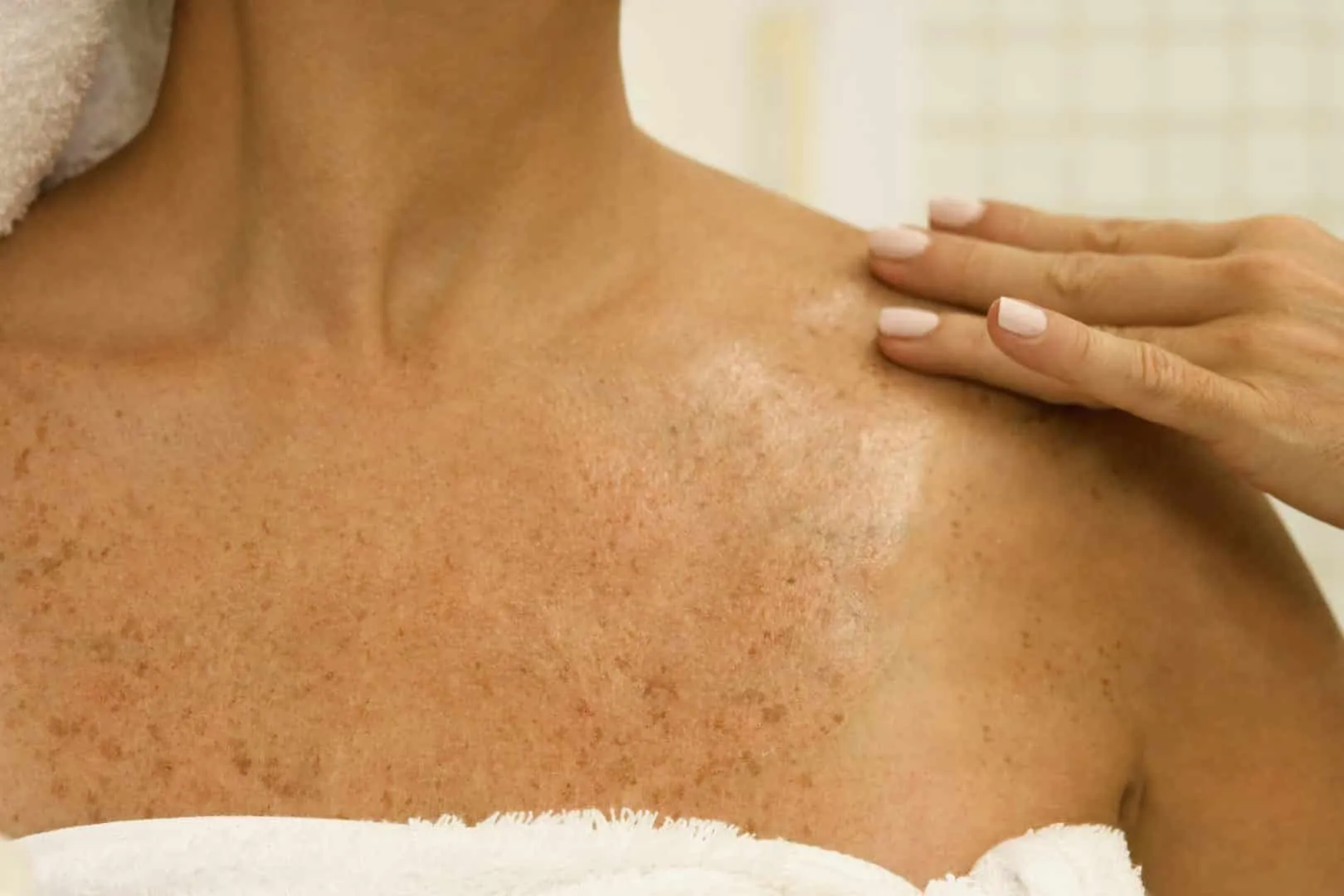
The first signs of the appearance of solar melanosis are basically brown or brown spots. Another indication of melanosis is the location of the appearance, which usually appears on the face, arms and forearms and on the backs of the hands. They are often very small, but can reach around 2 cm.
To find out what the spots are about, you need to undergo tests and carry out initial diagnoses. The important thing, at first, is to find out if the spots are not due to skin cancer. The doubt arises because both situations are the result of prolonged exposure to the sun and have similar characteristics. If this option is ruled out, the doctor will prescribe a treatment method that is more suitable for your profile.
How to avoid?
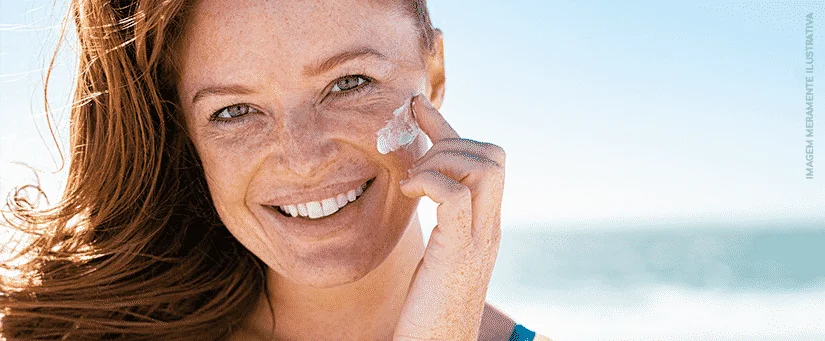
Let’s face it, it’s very uncomfortable to have these solar melanosis spots on your skin. Therefore, the best thing is to avoid its appearance and this requires a lot of discipline. Sunscreens are your best friend against dark spots. Using sunscreens with suitable factors for your skin will definitely prevent this problem. This way, over time, your skin will remain healthy and protected.
Technology has increasingly developed efficient protectors to protect the skin. An example of this are sunscreens with skin-like colors. However, before using, be sure to know your skin type so you don’t make mistakes when choosing your tone. Another tip is that oily skin needs dry products without the presence of oils.
Another way to stay away from this disease is to use and abuse external protectors. Among them, the hat is a great protective object that keeps the sun’s rays away from the face. Furthermore, for the arm area, we can use clothes with long sleeves. And, no matter how hot it is, the sacrifice is worth it, as sun damage will be much more unpleasant in the future.
Types of treatment
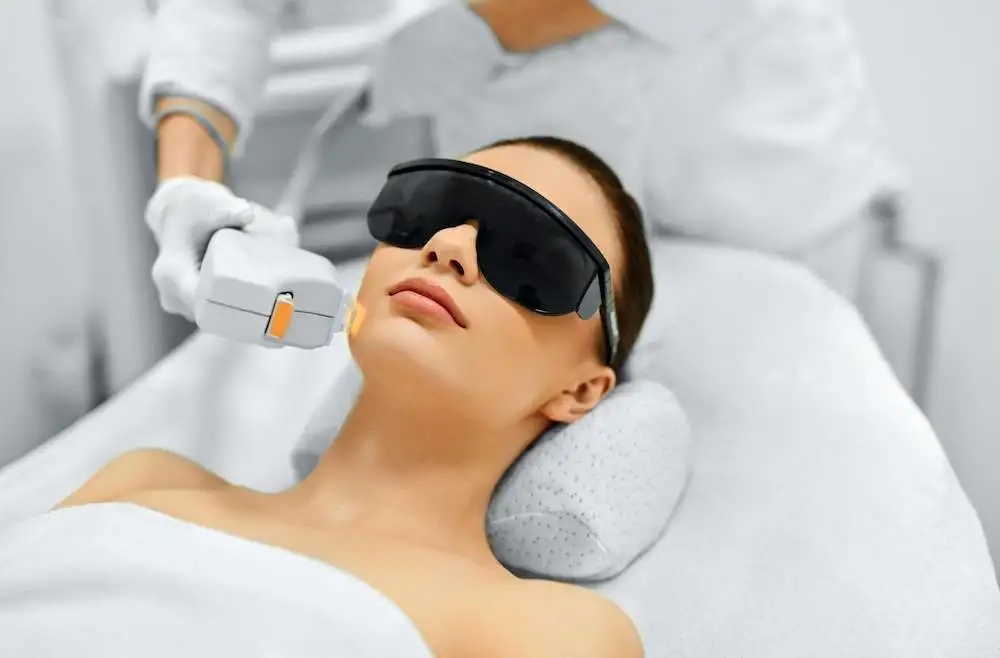
Currently, the good news for those with solar melanosis is that, thanks to technology, there are several types of treatments. Therefore, whether using a laser, or through chemical procedures, such as peeling, the spots will be softened. But, the important thing is to remember that among all the procedures to follow, prevention is most appropriate.
Plasma Jet
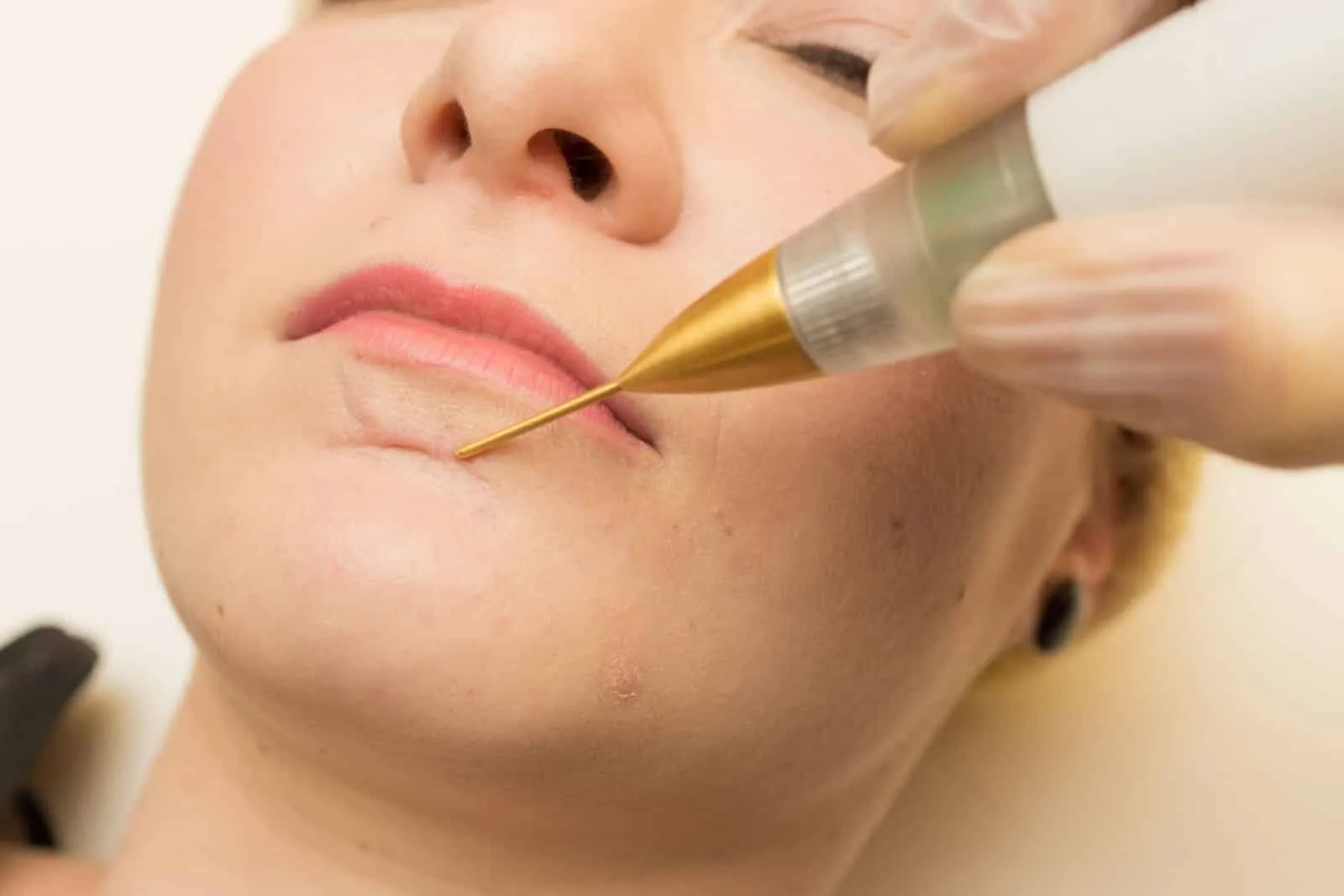
The equipment used to treat sunspots using a plasma jet is called electrocautery. Using an applicator jet, an ionized gas, loaded with electrons, is propelled onto the stained area. What happens during the procedure is the depigmentation of the area. Above all, heat is the main factor that reaches the most superficial layers of the skin, without causing any considerable damage.
Likewise, along with the gas, collagen particles are deposited on the skin to help with healing. In this sense, the effectiveness of this type of treatment has been so perfect that the procedure has become popular among aesthetics. Therefore, after 7 days you can see the result, but some basic precautions, such as avoiding exposure to the sun and using sunscreen, must be maintained.
Intense Pulsed Light and Laser
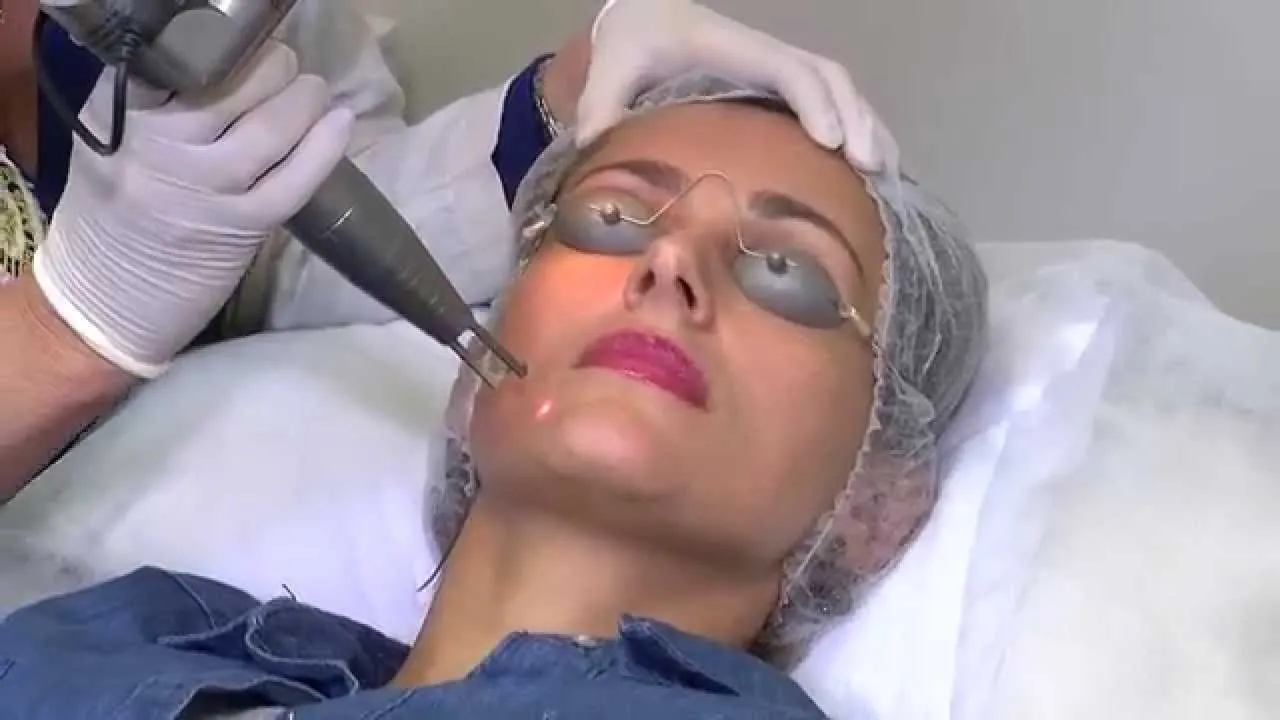
In principle, another option for removing solar melanosis is treatment using intense pulsed laser light. In addition to removing blemishes, the procedure increases the amount of collagen in the skin by 50%. And as we have seen previously, this substance is essential for stimulating the healing process. The main healing effect is the oxygenation of the blood through blood vessels.
Finally, as a result of the treatment, dark spots will appear over time, so it is important to always space out sessions. This break will give your skin the minimum amount of time to self-recover. The time should be 3 to 4 weeks until the next procedure. Furthermore, if you follow the rules exactly during the treatment, you can just enjoy the results on your skin.
Chemical peel
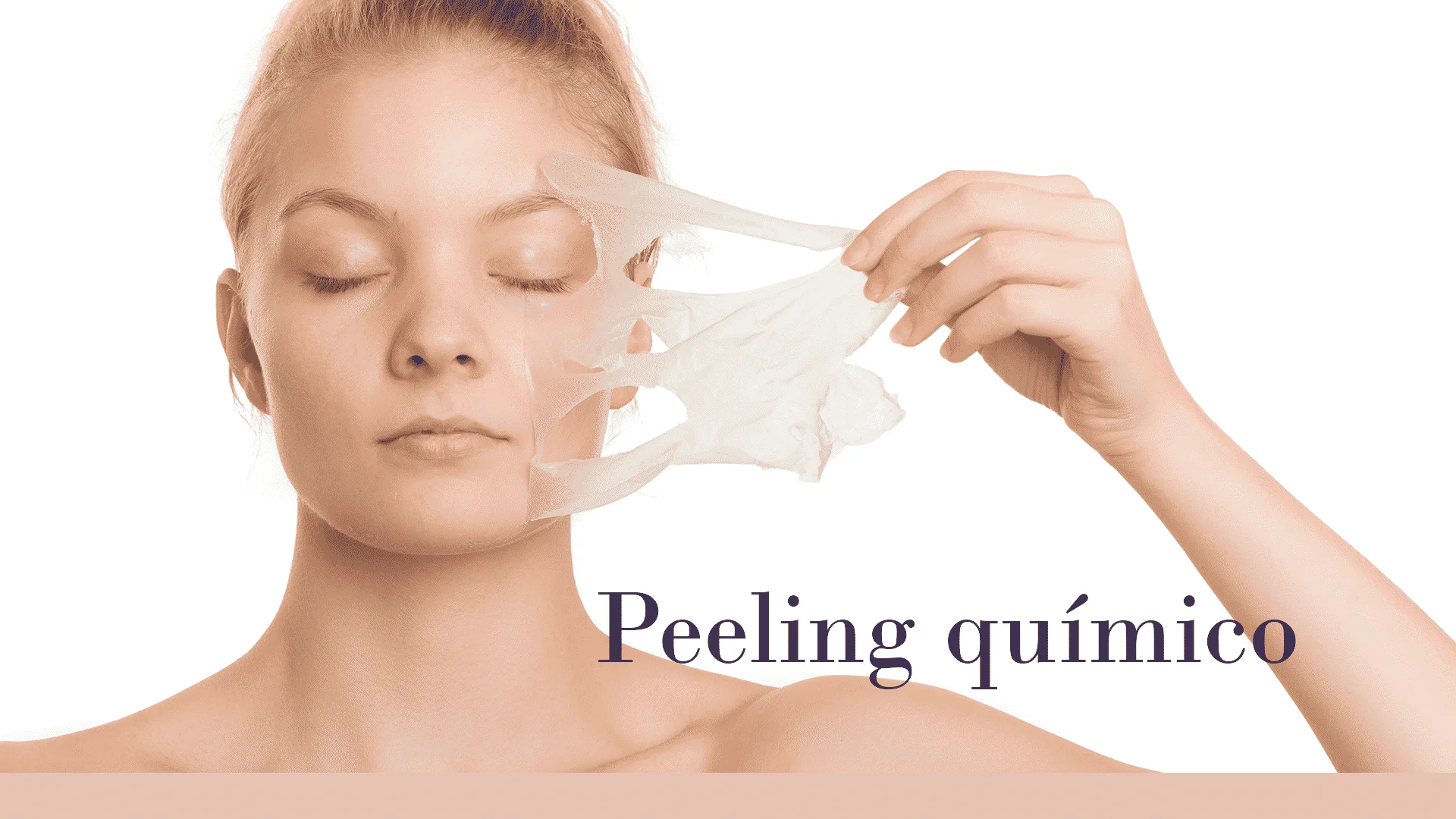
As blemishes are also a result of aging, chemical peeling is perfect for treatment. This aesthetic treatment is carried out using acids applied to the skin in the region of solar melanosis. Upon application, skin peeling is stimulated. As a result, when the layers of skin come off, the spots are also removed and new cells are born. This will, after all, renew the appearance of the skin.
Liquid nitrogen cryotherapy
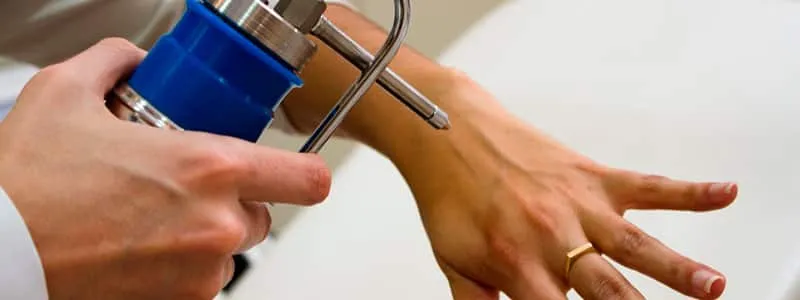
First of all, know that nitrogen cryotherapy is carried out using intense cold. The lesions are frozen by releasing nitrogen gas into the skin. That’s right, the low temperature is so great that mealanose cells die. However, it is still an aggressive process and, consequently, after the sessions, our skin may become red, swollen and perhaps a little sore.
Chemical cauterization
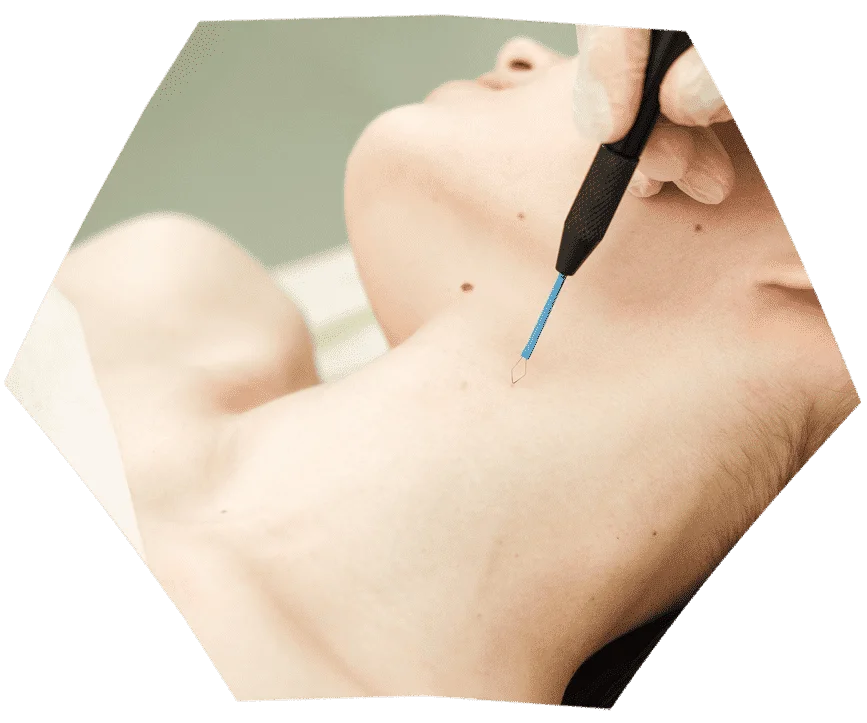
Nitric, phenol, trichloroacetic seem like names from another planet, but they are not. These are the acids used in chemical cauterization. The procedure with these components works to destroy solar lesions. With the cells dead, the following days experience darkening and peeling in the region. It is worth noting that it is possible to feel burning and redness in the area, so I say and repeat: the best medicine is prevention.
Finally, read more about solar data in Visible light, what is it? What it does to the skin and how to protect yourself
Sources: Aesthetic biomedicine, Tua Saúde, Pró Corpo, Dermo Saúde, Emmanuel França, Clínica Leger, Uaaau, Brazilian Society of Dermatology, Dermagrupo, vix,
Image sources: Hype Magazine, Cantinho do Vídeo, Lídia Gusmão, Josy Sasaki, Portal Bio Cursos, Erica Reis, Criare Estética, Clínica Bergmann, Ana Elisa Brito Vilibar

Sign up for our newsletter and stay up to date with exclusive news
that can transform your routine!
Warning: Undefined array key "title" in /home/storelat/public_html/wp-content/plugins/link-whisper-premium/templates/frontend/related-posts.php on line 12
Warning: Undefined array key "title_tag" in /home/storelat/public_html/wp-content/plugins/link-whisper-premium/templates/frontend/related-posts.php on line 13

